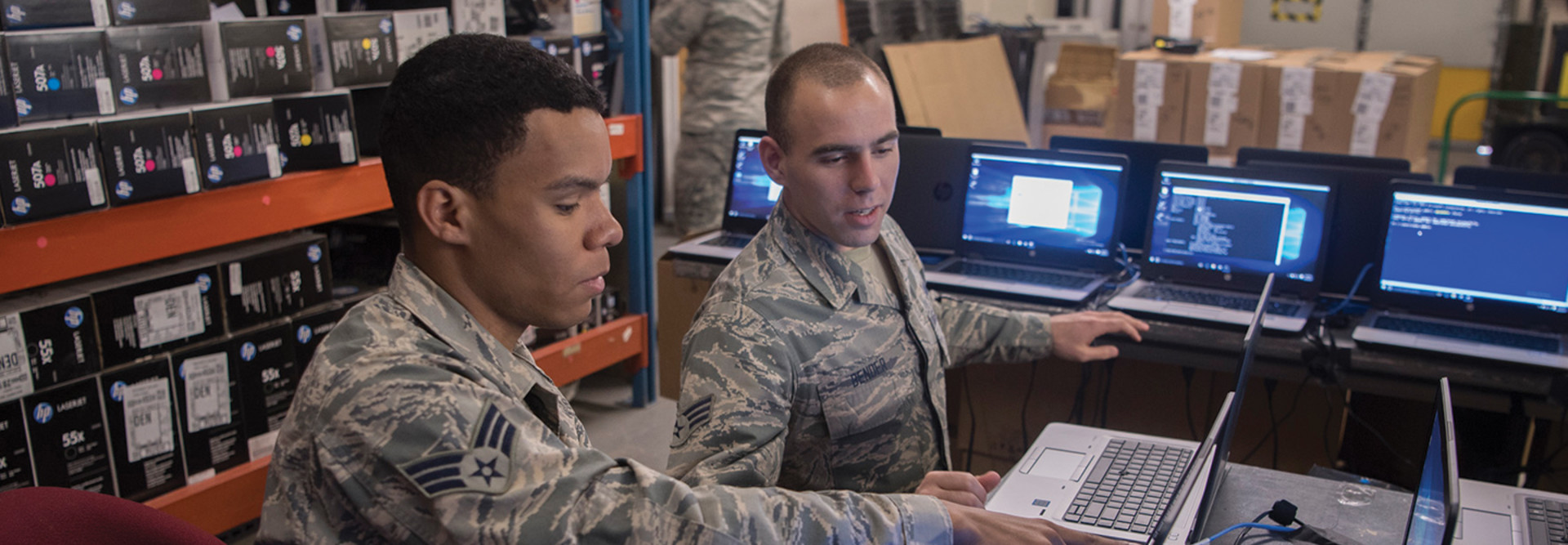Time Is Running Out to Switch from Windows 7
Jan. 14, 2020, will mark the end of Windows 7 support.
If agencies continue to use Windows 7 after support ends, PCs will still work, but they “will become more vulnerable to security risks and viruses” because they will no longer receive software or security updates from Microsoft, the software giant has noted.
Microsoft strongly recommends all users switch to PCs running Windows 10 sometime before January 2020. Agencies have been moving steadily to Windows 10 since the deadline was announced.
The associated costs that come with missing the deadline is just one reason for the migration. Extended support will be available, but comes at a per-device cost that will increase until support expires at the end of January 2023. There are other factors influencing the decision to move as well, including gaining more streamlined IT operations and enhanced cybersecurity.
According to NetMarketShare, in October 2019, 35.6 percent of PCs worldwide still used Windows 7 (compared to 43.7 percent using Windows 10). Despite all of the warnings — and the benefits of upgrading — there are still agencies likely to be behind in their migration efforts. What can they do to catch up and complete the transition, even if they miss the January deadline?
How to Seamlessly Switch to Windows 10
Luckily for IT leaders, Microsoft offers a handy guide to moving to Windows 10 via large-scale migration.
If they haven’t done so already, IT leaders need to get an overview of the deployment process and learn what’s new, what’s different, and how to build their migration plans. They should evaluate their main considerations for deploying, starting with key elements of their IT environments that may have changed since their last major desktop operating system deployment. Allowing time to build a virtual deployment infrastructure to test and validate the deployment is crucial.
IT leaders must conduct an inventory of every machine, every device, every piece of software, every endpoint and every cloud-based app downloaded by a user who skipped telling the IT department. Microsoft has toolkits and other analytics to assist IT teams with this burdensome process.
Following those steps, IT leaders need to then plan for the deployment. They can use Windows Analytics to assess device and app readiness and contact Microsoft’s Desktop App Assure team or your CDW account team for help with app compatibility.
Another step is to prepare the agency’s network infrastructure and directory services with Azure Active Directory and prep apps for deployment and Office Click-to-Run packaging. Agencies should also sync user files to the cloud and then customize user and device settings, according to Microsoft.
IT security teams need to plan for new security capabilities as part of the deployment. Agencies must plan their deployment strategies to support new hardware, device replacement, upgrade and reimaging, as well as having a rollout plan for phased deployment.
Deployment rings can ease the process; each ring includes workers from a variety of departments so problems limited to one department can be seen more quickly and affect only a few people at a time.
To avoid data loss during migrations, agencies should use the User State Migration Tool’s data store to temporarily hold user data and settings. Group Policy folder redirection and OneDrive for Business Known Folder Migration can guarantee data safety, and data should only be stored in approved locations.
IT leaders should communicate with users to prepare them for new capabilities to get the full value of Windows 10. They should also work with their hardware providers to enable Windows Autopilot to customize new devices without the need to reimage. Windows Analytics can be used to monitor the deployment until it’s complete and help make data-driven decisions later for feature updates.
If you haven’t started the switch to Windows 10, you’re behind the curve. However, that doesn’t mean you should stand still and not upgrade. It’s time to get moving.
This article is part of FedTech's CapITal blog series. Please join the discussion on Twitter by using the #FedIT hashtag.










